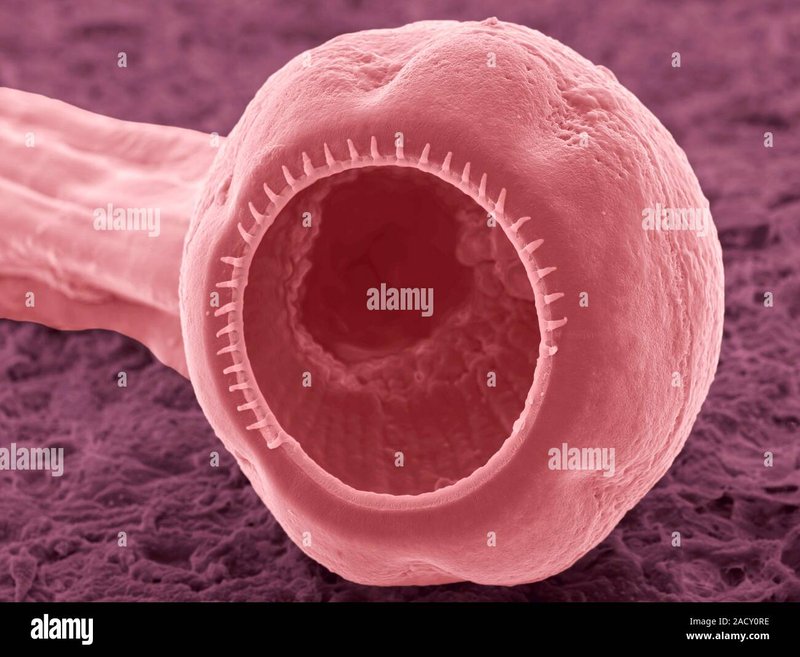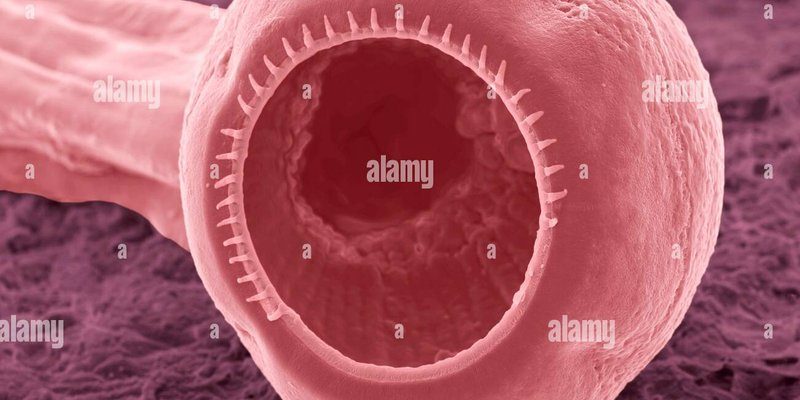
Environmental monitoring might seem like a daunting topic, filled with high-tech gadgets and complex scientific jargon. But at its core, it’s about understanding how our surroundings affect us and how we, in turn, affect them. That’s where roundworms come in. They’re simple, yet their reactions to toxins and pollutants can create a clearer picture of environmental health. So, grab your coffee, and let’s dive into how these wriggly little guys are revolutionizing the way we think about the health of our planet.
What Are Roundworms?
Roundworms, also known as nematodes, are tiny, unsegmented worms that can be found in a variety of environments, from soil and water to even inside other organisms. They often go unnoticed due to their small size, typically ranging from 0.5 mm to a few centimeters long. Believe it or not, there are over 25,000 known species of roundworms!
You might think of them as the overlooked heroes of the ecosystem. They play critical roles in nutrient cycling and soil health. In fact, they help decompose organic matter, which contributes to soil fertility. This makes them very important players in our food system and overall ecosystem.
Here’s the thing: because they’re sensitive to changes in their environment, roundworms can serve as excellent bioindicators. This means that they react to pollutants and environmental stressors in ways that we can monitor. By studying these reactions, scientists can assess the health—and even the pollution level—of their habitats.
How Do Roundworms Indicate Environmental Change?
Roundworms respond to various stressors, including chemical pollutants, changes in soil conditions, and even physical disruptions. When exposed to harmful substances, their behavior, reproduction, and survival rates can change significantly. For example, if you sprinkle some pollutants into their habitat, you might observe a decrease in their population or even a change in their feeding patterns.
Researchers often conduct experiments where they introduce roundworms to different environmental conditions. They monitor any changes in their behavior or population dynamics. This data is then analyzed to determine how well the ecosystem is functioning. In essence, roundworms give us a real-time glimpse into the health of our soil or water quality.
To put it plainly, if roundworms are thriving, it’s a good sign that the environment is healthy. On the flip side, a sudden decline in their population can signal trouble. It’s a fascinating way to use nature’s own indicators to keep tabs on our planet’s well-being.
The Role of Roundworms in Soil Health
So, how integral are roundworms to soil health? Think of them as the underground cleanup crew. They help break down organic matter and make nutrients available to plants. This process enriches the soil, promoting healthier plant growth. Without them, nutrient cycling would slow down, affecting everything that relies on that soil.
Roundworms also interact with other soil organisms, including bacteria and fungi. This interaction creates a diverse and balanced ecosystem, which is crucial for maintaining soil health. Healthy soil supports better plant growth, which, in turn, supports a diverse range of wildlife. Essentially, roundworms act as a linchpin in the soil food web.
By monitoring roundworm populations, scientists can assess soil health over time. For instance, a decline in roundworm diversity can indicate soil degradation or contamination. Understanding their role helps us implement better agricultural practices and land management strategies.
Roundworms as Bioindicators in Aquatic Environments
Roundworms aren’t just limited to soil; they’re also found in aquatic environments, such as rivers, lakes, and marshes. In these settings, they serve as critical bioindicators of water quality. Just as they react to pollutants in the soil, they also show us how clean or polluted our water bodies are.
Aquatic roundworms can indicate levels of organic pollution. For example, when the water quality declines due to sewage or industrial waste, the species composition of roundworms can change dramatically. Scientists can collect samples from different water bodies and analyze which roundworm species are present. This information helps assess the pollution levels and guides restoration efforts.
Monitoring roundworms in aquatic environments isn’t just about understanding pollution; it also offers insights into biodiversity. Healthy water bodies usually support a diverse set of roundworm species, while polluted areas show a decline in diversity. Thus, roundworms help us understand both the health of these ecosystems and the impacts of human activity.
Implementing Roundworm Monitoring Programs
If you’re considering using roundworms for environmental monitoring, you might wonder how to get started. Implementing a roundworm monitoring program can be quite straightforward. Here’s a step-by-step guide:
1. Identify Your Goals: First, determine what you want to monitor. Are you looking to assess soil health, water quality, or the impact of a specific pollutant? Clarifying your objectives will guide your approach.
2. Select the Right Species: Different roundworm species are sensitive to various stressors. For soil monitoring, you might choose species like *Caenorhabditis elegans*, while *Monhystera* might be more appropriate for aquatic studies.
3. Collect Samples: Gather soil or water samples from the locations you’re studying. It’s important to collect samples at various times to account for seasonal changes.
4. Analyze the Data: Once you have your samples, assess the roundworm populations and their behaviors. You can look for changes in diversity, abundance, and life cycle stages.
5. Report and Act: Share your findings to inform land management or pollution control efforts. Roundworm data can be a powerful tool for local communities and policymakers.
By following these steps, you can harness the power of roundworms to monitor your local environment effectively.
Comparing Roundworms to Other Bioindicators
While roundworms are excellent bioindicators, they’re not the only game in town. Other organisms, like insects, plants, and fish, also provide valuable insights into environmental conditions. Here’s a quick comparison to help you understand their unique contributions:
- Roundworms: Sensitive to a wide range of pollutants; ideal for soil and water monitoring.
- Insects: Good indicators of soil quality and ecosystem health; often used in biodiversity assessments.
- Plants: Reflect changes in soil quality and availability of nutrients; useful in land restoration efforts.
- Fish: Indicators of water quality, especially in aquatic environments; sensitive to chemical pollutants and temperature changes.
Each type of bioindicator has its strengths and weaknesses. The key is to choose the right one for your particular needs. If you’re interested in soil or water health, roundworms can be an invaluable resource.
Using roundworms for environmental monitoring might seem unconventional, but it’s a fantastic way to tap into nature’s own indicators. They provide real-time insights into ecosystem health, helping us understand the impacts of pollution and land management practices.
Whether you’re a scientist, a student, or simply someone curious about the environment, knowing how roundworms can be used as bioindicators gives you a new perspective on the delicate balance of our ecosystems. As we continue to face environmental challenges, understanding these simple yet effective organisms can play a crucial role in safeguarding our planet for the future. So next time you think about environmental monitoring, remember that sometimes, the smallest creatures hold the biggest answers.

